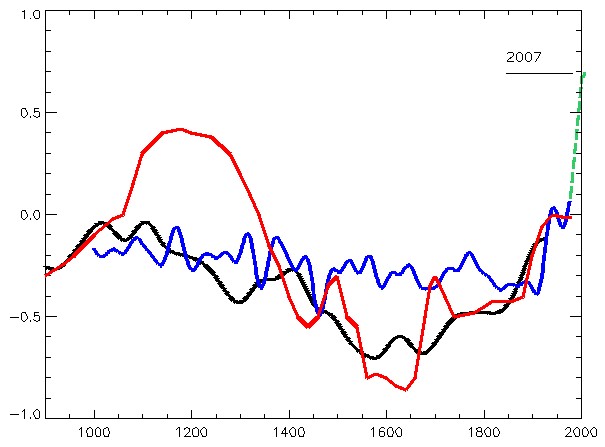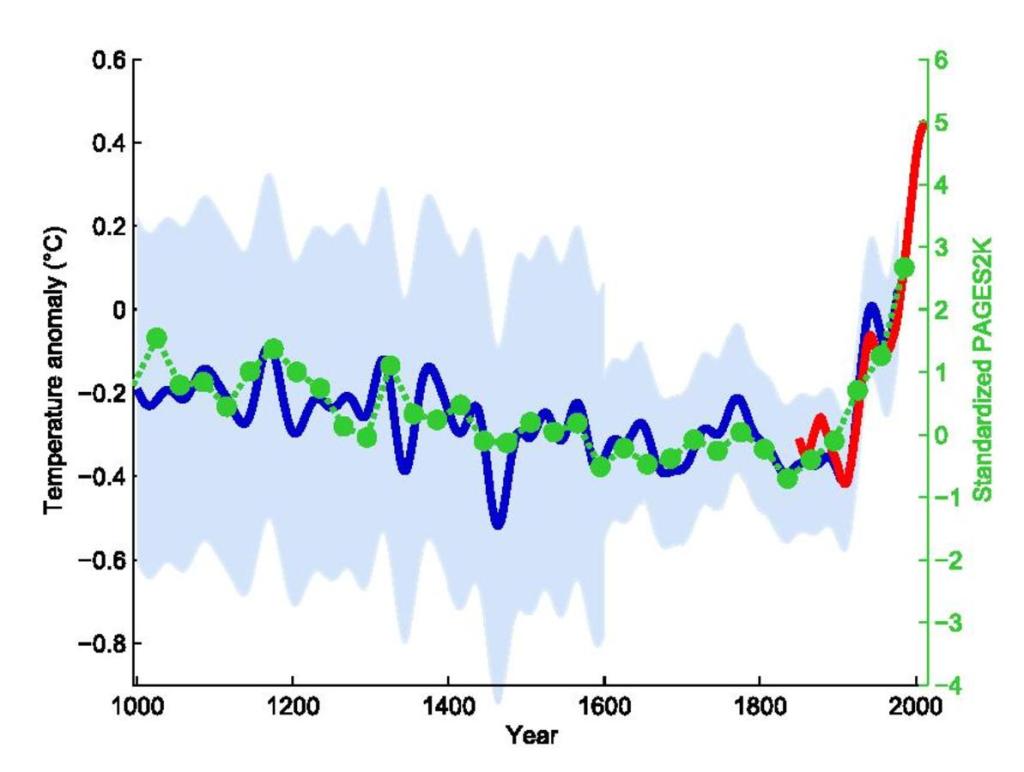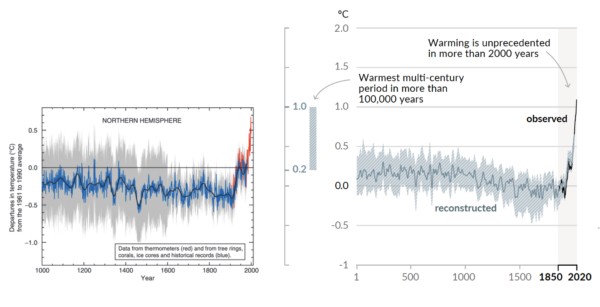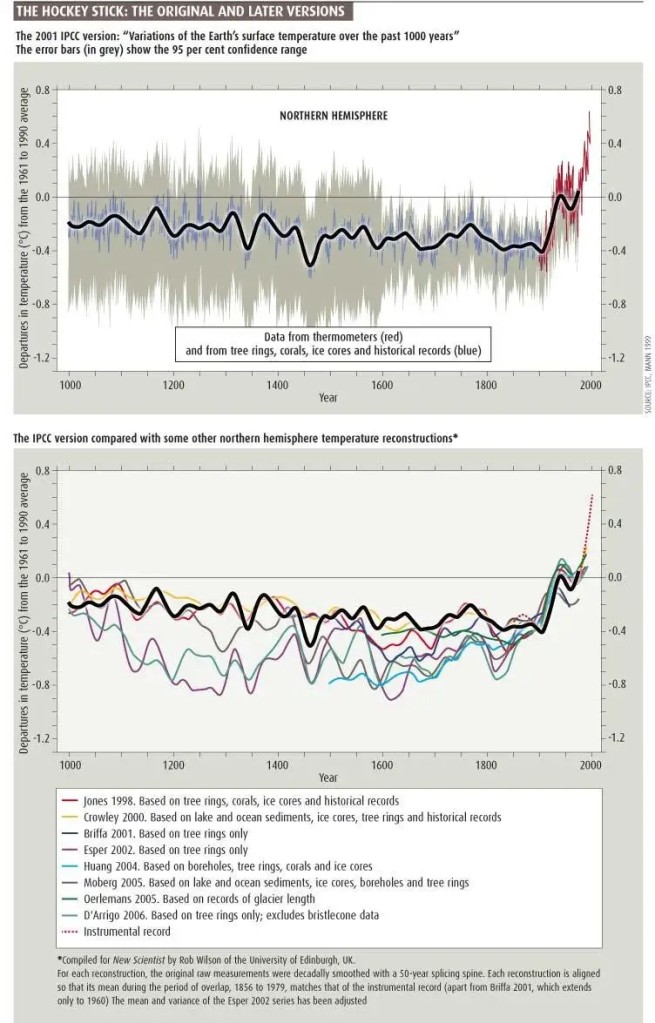The goal of this blog is to create a list of what I call super facts. Important facts that we know to be true and yet they are surprising, shocking or disputed among non-experts. It is a type of myth busting. However, I also create posts that are not super facts but other interesting information, such as this book review and book recommendation.
Climatology versus Pseudoscience: Exposing the Failed Predictions of Global Warming Skeptics by Dana Nuccitelli
Climatology versus Pseudoscience by Dana Nuccitelli is a book about human-caused Climate Change, or global warming, and how we know that is happening and how we know that we are the cause of it. If you want to see more about why we know this click here.
The book pays a lot of attention to so called climate skeptics; more accurately called climate contrarians. They are not true skeptics but agenda driven contrarians. Even though their science is bad, and their predictions have failed repeatedly many times over, they have had an enormous influence on public discourse. Conservative politicians, and many talk show hosts are blindly devoted to their falsehoods, whilst real scientists are being attacked. Large segments of the population in the United States, and to some extents elsewhere, have been bamboozled by the pseudo-science.
The good news is that people are waking up to the reality that they have been bamboozled. We know that global warming, or if you call it climate change, is not only real, but we also know that the current rapid warming is caused by us, primarily via our carbon emissions. I was bamboozled by the pseudo scientists myself, but then I took a serious look at the science, and I realized that that I had been bamboozled. This book will walk you through the faulty arguments of the climate contrarians, and it does so in a logical and convincing manner. It features hundreds of references. I bought the hardback version of this book.
- Hardcover – Publisher – Praeger; Illustrated edition (March 3, 2015), ISBN-10 : 1440832013, ISBN-13 : 978-1440832017, 232 pages, item weight : 1.3 pounds, dimensions : 6.14 x 0.56 x 9.21 inches, it costs $11.96 – $53.00 on US Amazon. A new copy is $53.00. Click here to order it from Amazon.com.
- Kindle – Publisher – Praeger; Illustrated edition (March 3, 2015), ASIN : B0C71FFTQT, 230 pages, it costs $50.35on US Amazon. Click here to order it from Amazon.com.
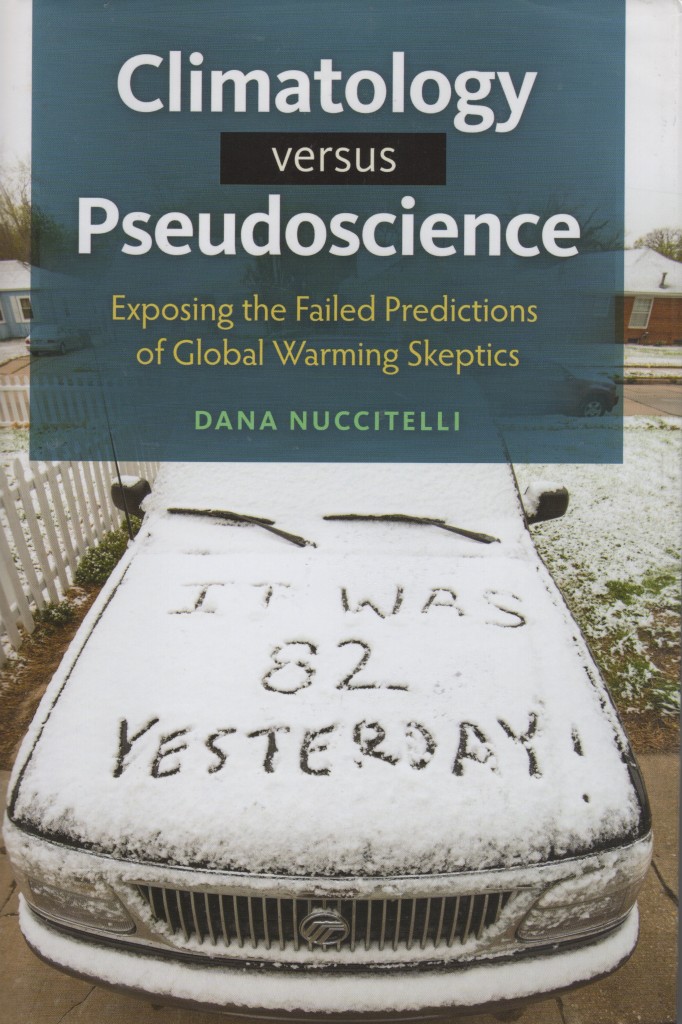
Amazon’s Description of Climatology versus Pseudoscience
This book explains the science of climate change in plain language and shows that the 2 to 4 percent of climate scientists who are skeptical that humans are the main cause of global warming are a fringe minority—and have a well-established history of being wrong.
Although some politicians, pundits, and members of the public do not believe it, global warming predictions by mainstream climate scientists have been remarkably accurate while those made by climate deniers have not. And if mainstream global warming predictions continue to prove correct, the window of opportunity to prevent a climate catastrophe is quickly closing. This book is the first to illustrate the accuracy—and inaccuracy—of global warming predictions made by mainstream climate scientists and by climate contrarians from the 1970s to the present day. Written in simple, non-technical language that provides an accessible explanation of key climate science concepts, the book will appeal to general audiences without previous knowledge about climate science.
This is my five-star review for Climatology versus Pseudoscience
A Journey into Climate Science and a Debunking of Climate Contrarianism
The author starts out by giving us an overview of climate science starting with the discovery of the greenhouse effect by Jean Baptiste Joseph Fourier in 1820’s. He explains that the planet would be much colder than it is if it wasn’t for the greenhouse effect. The greenhouse effect acts like a blanket. He also explains why we know that the global warming that we have seen in recent decades is a greenhouse effect chiefly caused by our burning of fossil fuels, and not natural causes.
The warming is leaving behind various fingerprints, such as the upper atmosphere cooling while the lower atmosphere is warming (like a blanket would), which wouldn’t happen if it was the sun or an orbital cycle causing the warming. The conclusion is that we know that global warming is real, and we know that we are the ones causing it.
Note : I will use the term “global warming” in this review. Whether you call the phenomenon climate change, climate disruption, or global heating, is not important.
The author also discusses climate models, and he notes the astounding accuracy of the early climate models. He takes us on a journey through the development of modern climate science into the 1950’s, and the rapid growth of climate science in the 1960’s and 1970’s and then into the 1980’s, 1990’s and the 2000’s. He describes the increasingly advanced and increasingly accurate climate models. In addition, he discusses sulfate aerosols and global warmings forgotten evil twin ocean acidification.
This is all very interesting to any science nerd and it makes you understand why we know that we are causing the global warming we are seeing. It also makes it obvious why there is a consensus on the topic. Several studies have shown that at least 97% of climate scientists believe that global warming is real and that we are the cause of it.
However, despite the scientific rigor of peer reviewed mainstream climate science, despite the impressive success of climate models, and despite the scientific consensus, the public is very confused about the topic. Enter a small group of so-called global warming skeptics, or more accurately, global warming contrarians. They are not true skeptics but agenda driven contrarians. Even though their science is bad (pseudoscience) and the fact that their predictions have failed repeatedly many times over, they have an outsized presence in the media and often a large enthusiastic following.
It is not just rightwing media who are using them for their purposes, but mainstream media are giving the contrarians undue attention as well. Sensationalism is one issue. A science contrarian claiming that all the climate scientists are wrong, and he is the only one who finally got it right is a lot more interesting of a story than a repeat of the consensus. Another issue is false balance. As a journalist you should not feel that you must give equal time to evidence based science and nonsense.
The author also discusses various myths and false claims spread by climate science contrarians. He mentions that unfortunately most Republican congressmen stand with the contrarian pseudoscientists rather than with the science. Well, with the exception for a few brave souls. On average the American public believe that 55% of scientists agree that we are the cause behind the global warming while the consensus is more than 97% and growing stronger. The author refers to this as the consensus gap.
It is easy to be confused. I have a degree in physics and a PhD in electrical engineering / robotics and yet I was bamboozled by the climate science contrarians. I read books by the contrarians including some of the ones the author discusses, and I believed them. I also followed pretty much only rightwing media at the time and as a result I became misinformed. It was not until I took a deep dive into the subject and read what the actual science said that I realized that I had been bamboozled. Some of the science articles that initiated my change of heart were written by the author. That was back in 2012 and 2013.
This book is a great start if you want to take a serious look at climate science. The book is well organized, and the author is an expert on the subject, as well as a great communicator. Even though many of the things he discussed in the book were not new to me, I very much enjoyed reading the book and I learned some new things. If you don’t know much about climate science but are interested in science, then this book is a must read.
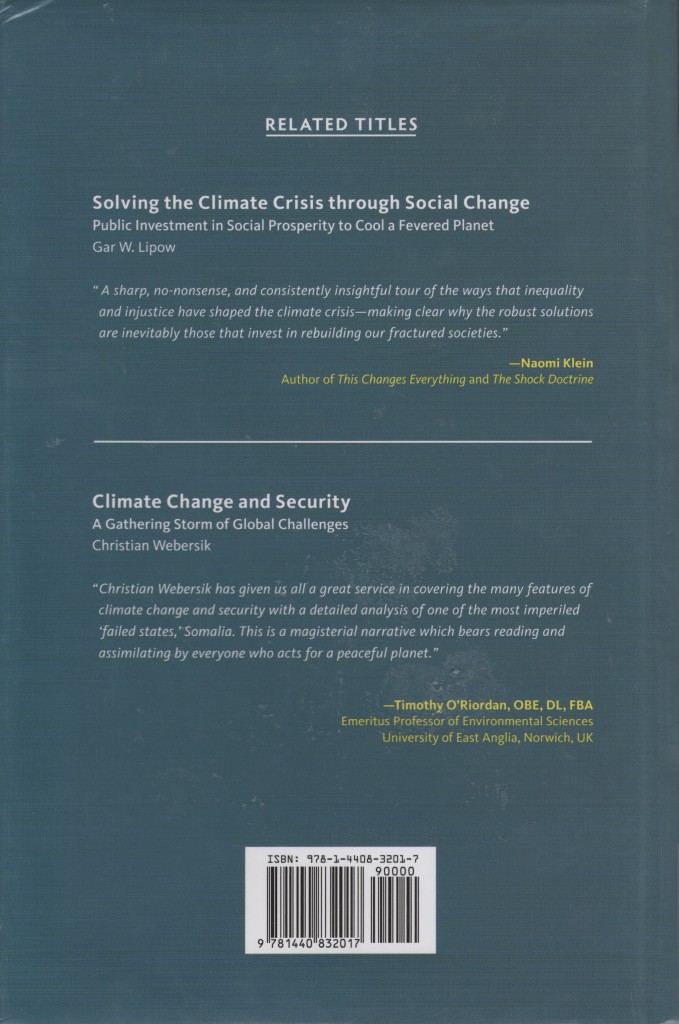
About the Author of Climatology versus Pseudoscience

Dana Nuccitelli is an environmental scientist and climate blogger for The Guardian and SkepticalScience.com. He’s been researching and writing about climate science since 2006. He has a bachelor’s degree from UC Berkeley in astrophysics, and a master’s degree from UC Davis in physics.


